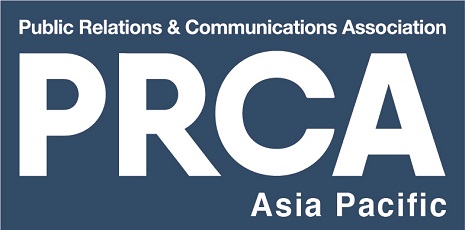Dr. Clāra Ly-Le, Managing Director of EloQ Communications
A recent survey by Singaporean newspaper The Strait Times revealed that public relations (PR) was among top 5 of non-essential jobs. The news is hard to swallow by PR practitioners!
With the pride in the PR industry, Dr. Clāra Ly-Le, Managing Director of EloQ Communications shared her thoughts to clear up the misunderstandings on the PR industry with focus on Vietnam market, proving that PR is actually essential to the core. Visit the originally post on her personal website for more analysis and insights. For now, let’s read some of the main idea below.
1. “What is PR?” – Defining ‘Public Relations’ and correcting common misconceptions
Most people misunderstand PR and have no idea about the precise role of PR and what it does. They often assume that it’s a branch of marketing or clump it with advertising altogether. However, PR itself is not entirely synonymous with advertising. The textbook definition of ‘public relations’ is the management of images, reputation and the public’s perception of an individual or brand. The word ‘public’ in ‘public relations’ already depicts that the job involves working with different groups of ‘target public,’ including:
- Clients: To this group, PR is somewhat similar to marketing. This is the most common perception of PR, since the activity is usually associated with brands’ marketing campaigns. Regardless, PR plays a tiny part in the ‘marketing umbrella.’
- Media: Needless to say, the press is a powerful mega-influencer of the public’s narrative, so the main task of the PR people involves working with journalists. In this case, PR is not related to advertising or marketing anymore.
- Employees: If the ‘public’ is internal to the business, then the goal of ‘building relationship’ is to make sure that they are viewing the firm in a positive light. The PR task now is purely internal communications. In such a case, the meaning of PR is even further away from the common perception that PR must be related to marketing or advertising a product or service.
As a result, PR stands as an independent branch on its own. Although it can overlap or give support to marketing or advertising efforts, it isn’t synonymous with either of these two. The purpose of PR is to change the public’s mindset, which can lead to a change in consumer behaviors toward the brand. Unlike advertising or marketing, results yielded from PR are subtler and not as timely, just like people’s mindsets don’t easily change overnight.
2. PR can be non-essential, but its unique position and value is irreplaceable
Frankly speaking, PR is not an essential job during the COVID-19 pandemic. However, saying that PR is absolutely non-essential or think that it deserves its ‘rock bottom’ status in the occupation hierarchy is flat-out unjust. Nonetheless, as we enter the post-pandemic period, then it’s time for PR to shine. After a long hiatus, it’s time for brands to make a comeback and remind consumers of who they are. The primary goal now is to build brands’ reputation and bring forth their story to raise brand awareness (instead of attempting to sell, because consumers haven’t recovered fully from the financial impact brought by the outbreak, which heavily affects their spending power.) Do it so that when consumers are ready to return to the shopping market and willing to spend on their favorite brands, their minds have already been ‘primed’ with prior PR efforts.
More than anyone else, PR practitioners understand the purpose and significance of why they do what they’re doing. Yet, the misunderstandings and flawed assumptions still exist among the public about PR, which leads to the lack of respect and recognition that the profession is suffering from.
The article was written by Dr. Clāra Ly-Le, Managing Director of EloQ Communications. She is a professional communications consultant with many years of experience in executing PR campaigns at both national and regional scale. Her research interests include crisis management in the social media landscape, intercultural communication, and new media communication. Read more of Dr. Ly-Le’s publication at https://clara.ly-le.info/blog/

